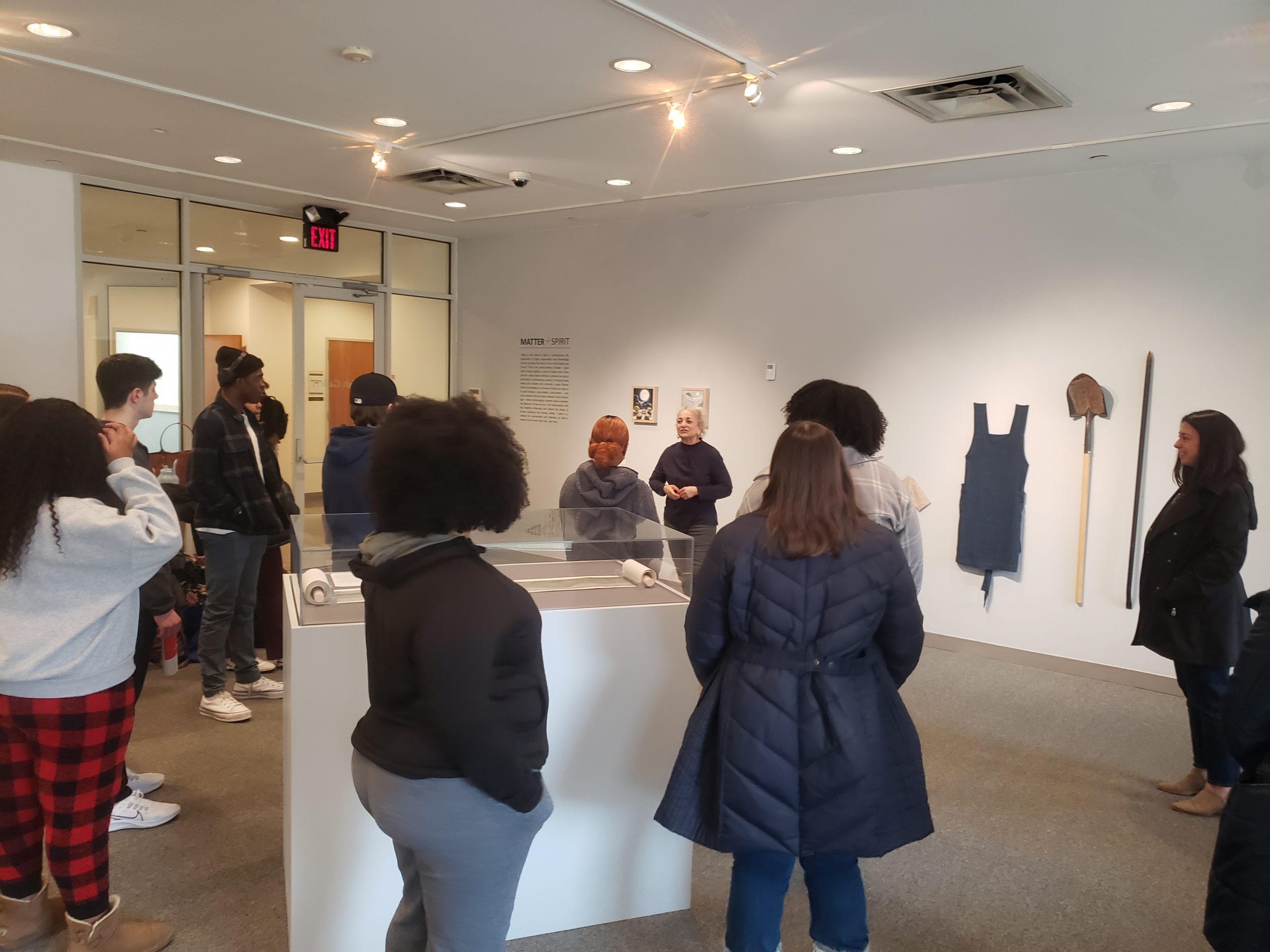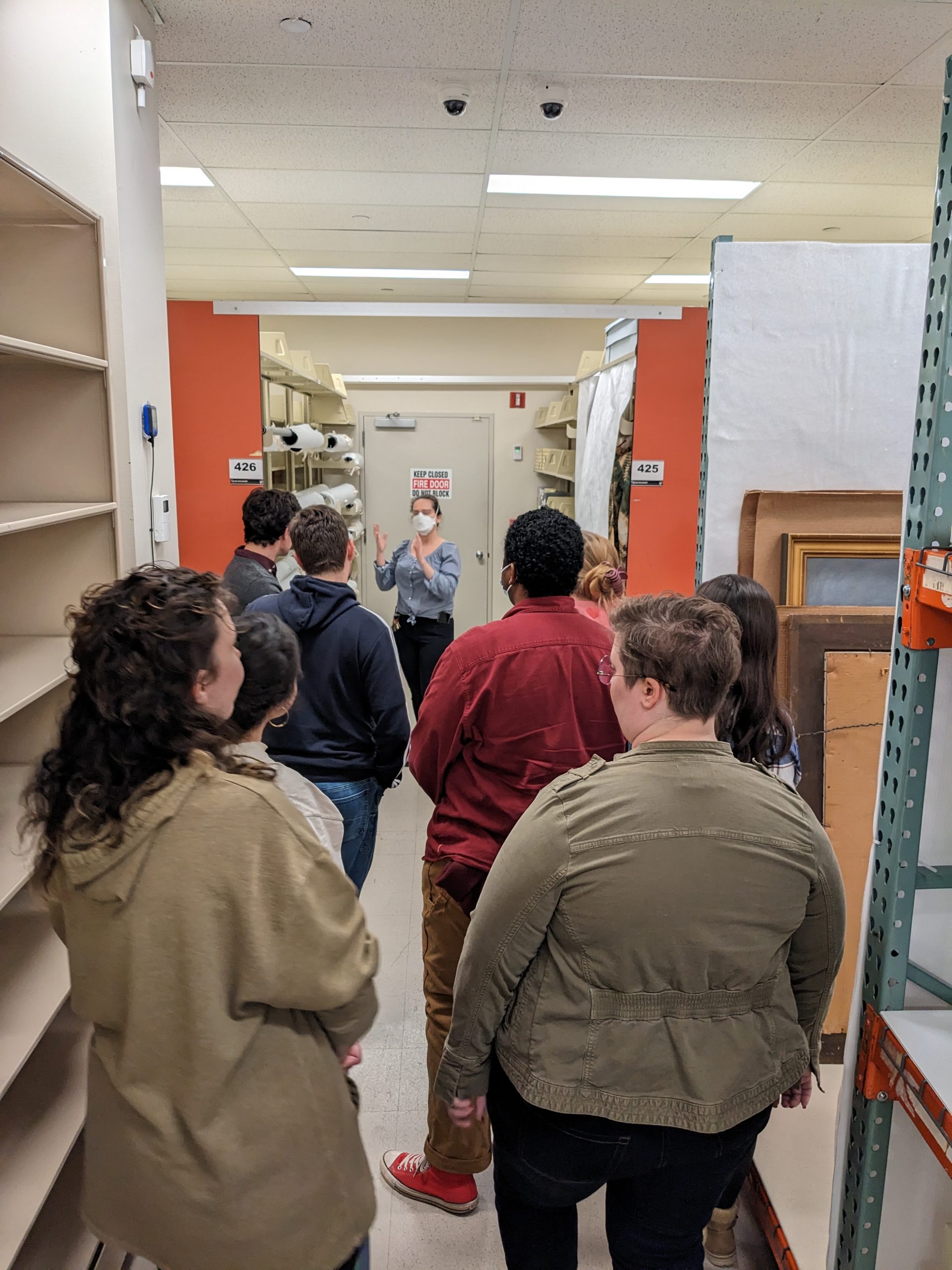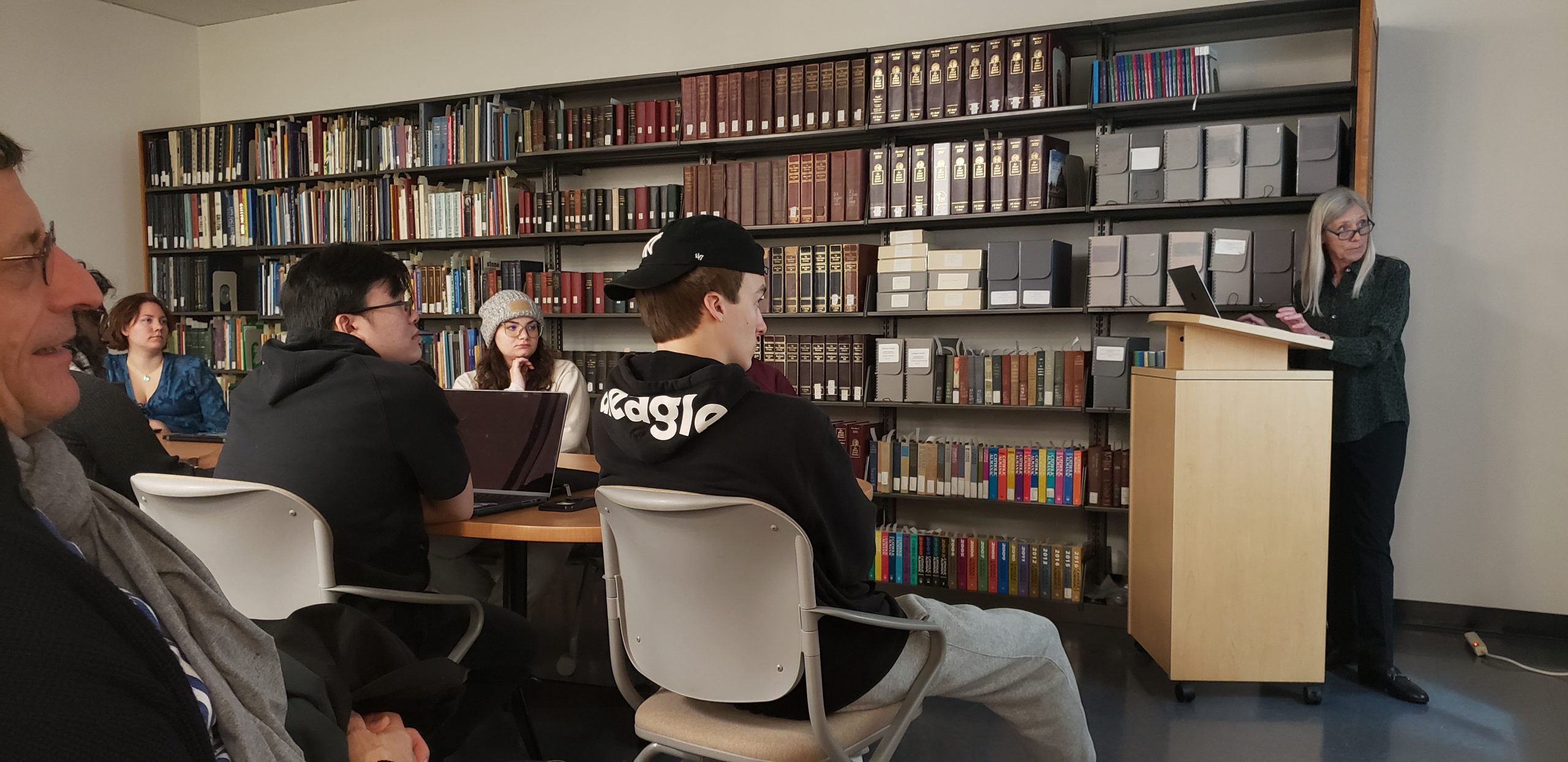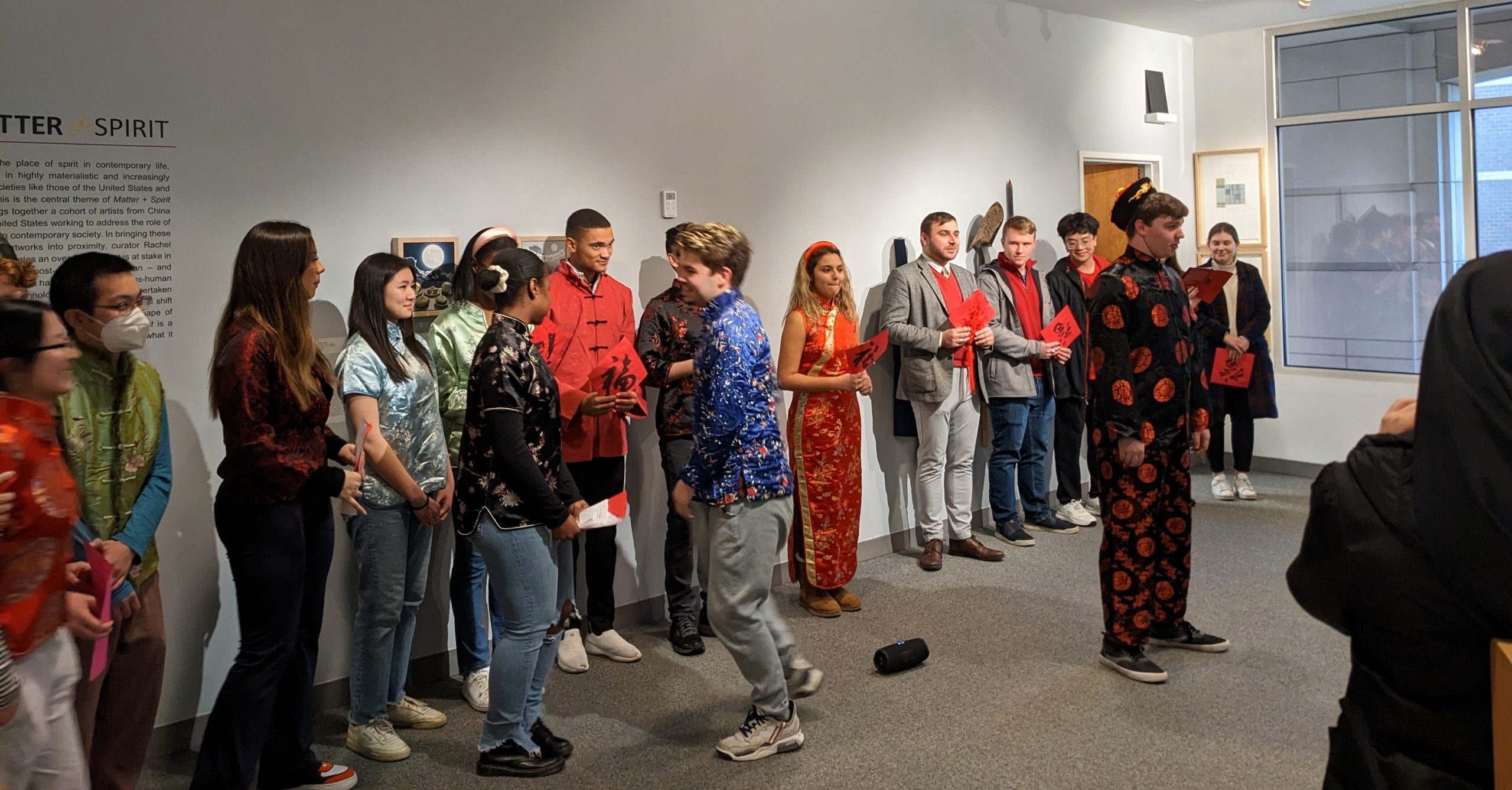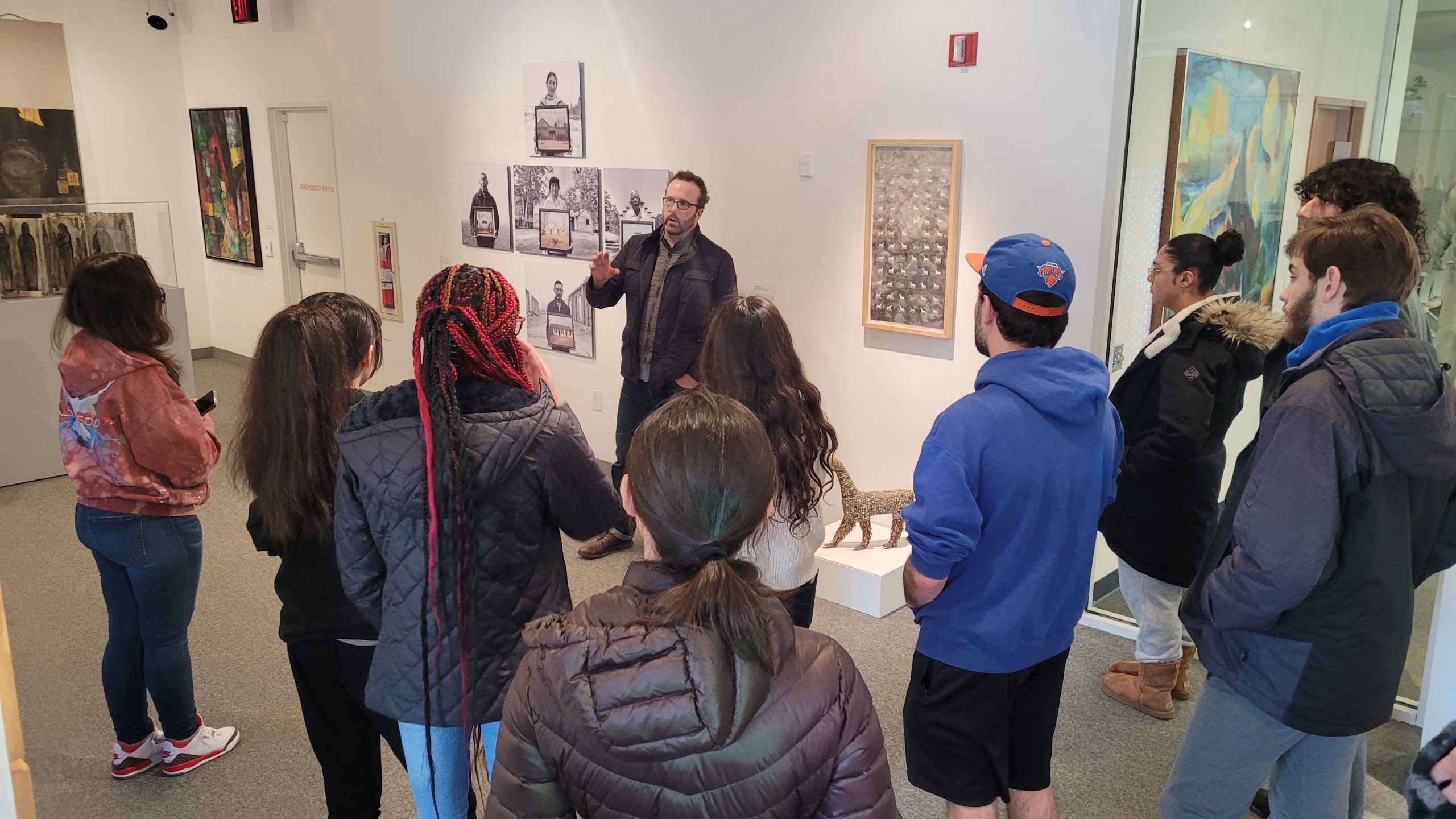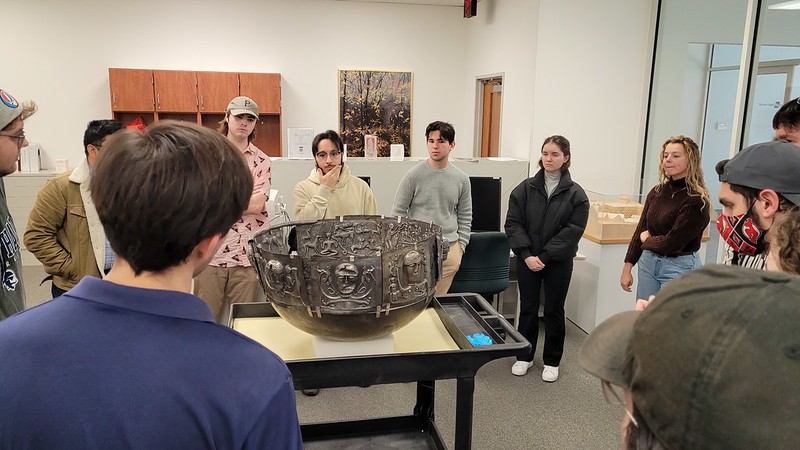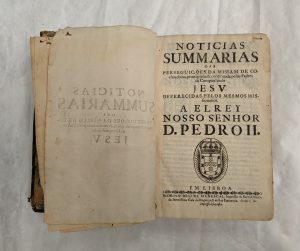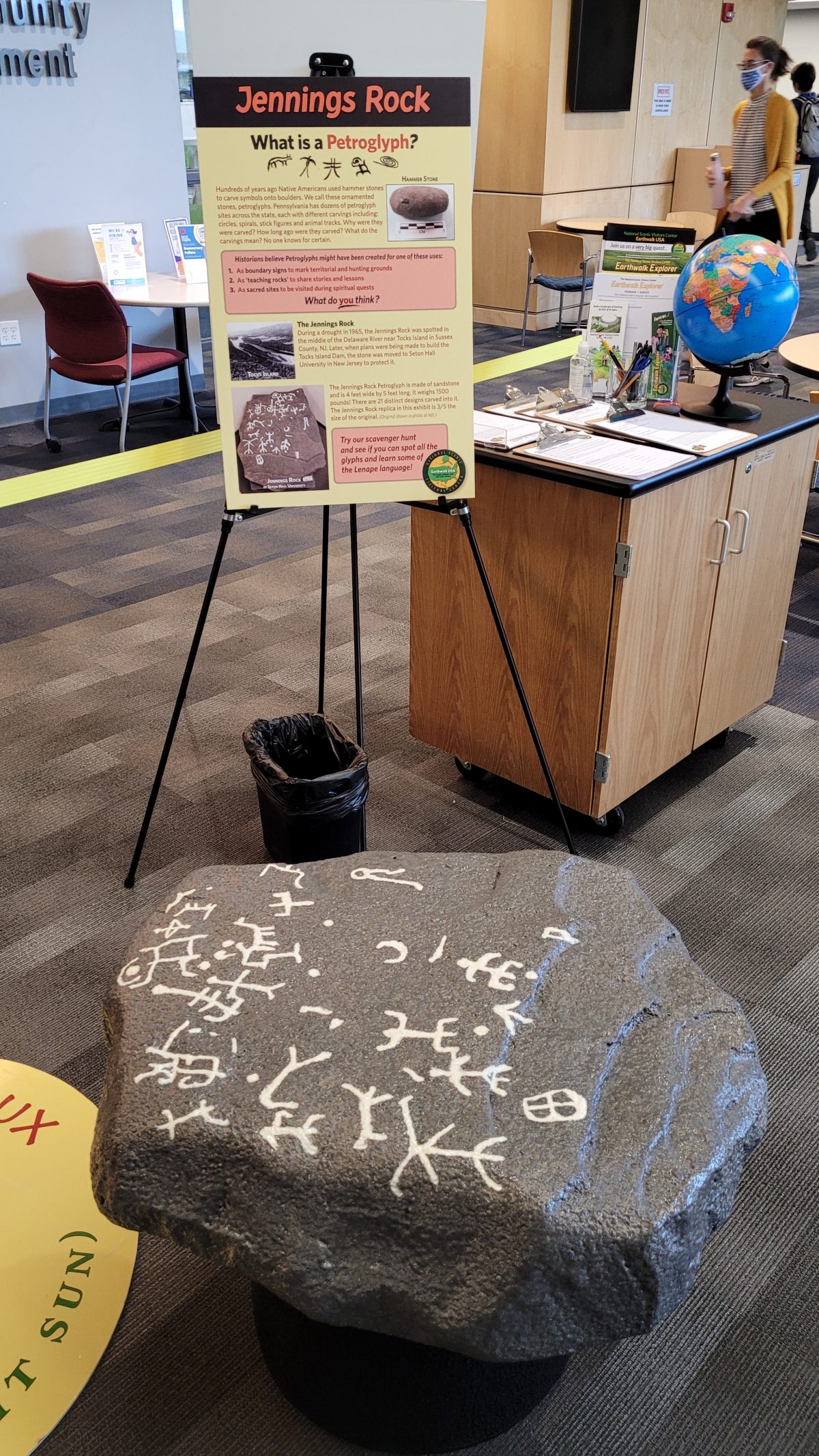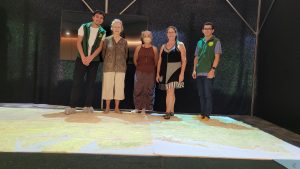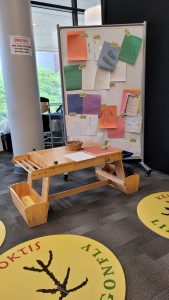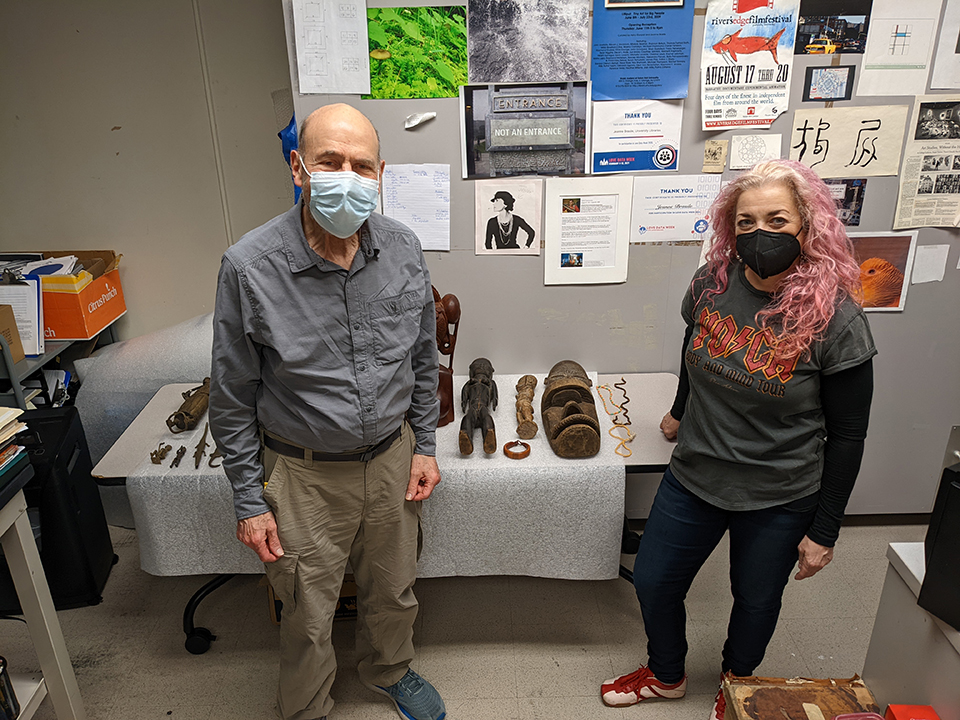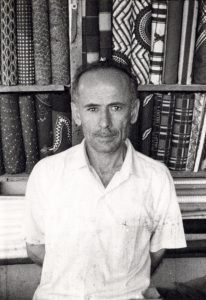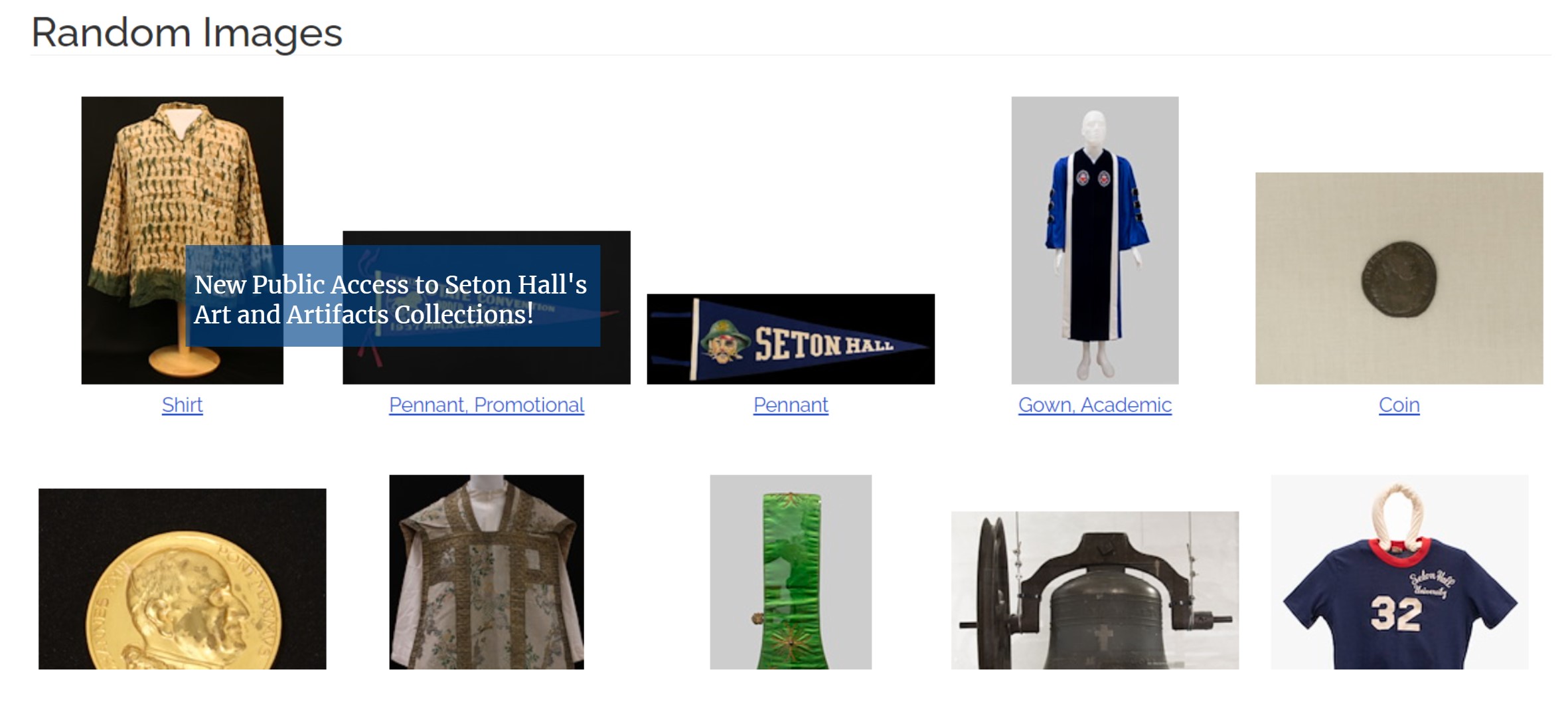
Seton Hall University’s Walsh Gallery announces the launch of its online database of art and artifacts, featuring a selection of objects from the university’s collections. The database provides free online access to items in the extensive collections of art and artifacts from prehistory to the present day, allowing digital visitors around the world to browse, research and enjoy Seton Hall University’s rich past through works of art and artifacts. The database allows users to customize searches to meet their needs and preferences. Users can browse objects using the random image search. The keyword search is targeted, allowing users to use a word, words, phrases or sets of words to get results. The advanced search function target specific fields and collections to receive more precise results. To search object types such as books or paintings, users can use the object search function. These search options offer an engaging and accessible experience for everyone interested in the university’s vast and diverse collections of art and artifacts.
In all, there are 261 individual objects in the new collections portal and there will be regular updates to include as much of the collections as possible. The initial release includes a wide selection of Roman, Greek and Byzantine coins from the D’Argenio Collection of Coins and Antiquities, donated by alumnus Ron D’Argenio. D’Argenio became interested in ancient coins when taking courses in Greek drama and history as an undergraduate at Fordham University in the 1970’s. In 2001, he generously donated his collection to Seton Hall University in memory of his father, Rinaldo J. D’Argenio, who served in World War II and was awarded a Bronze Star for his valor.
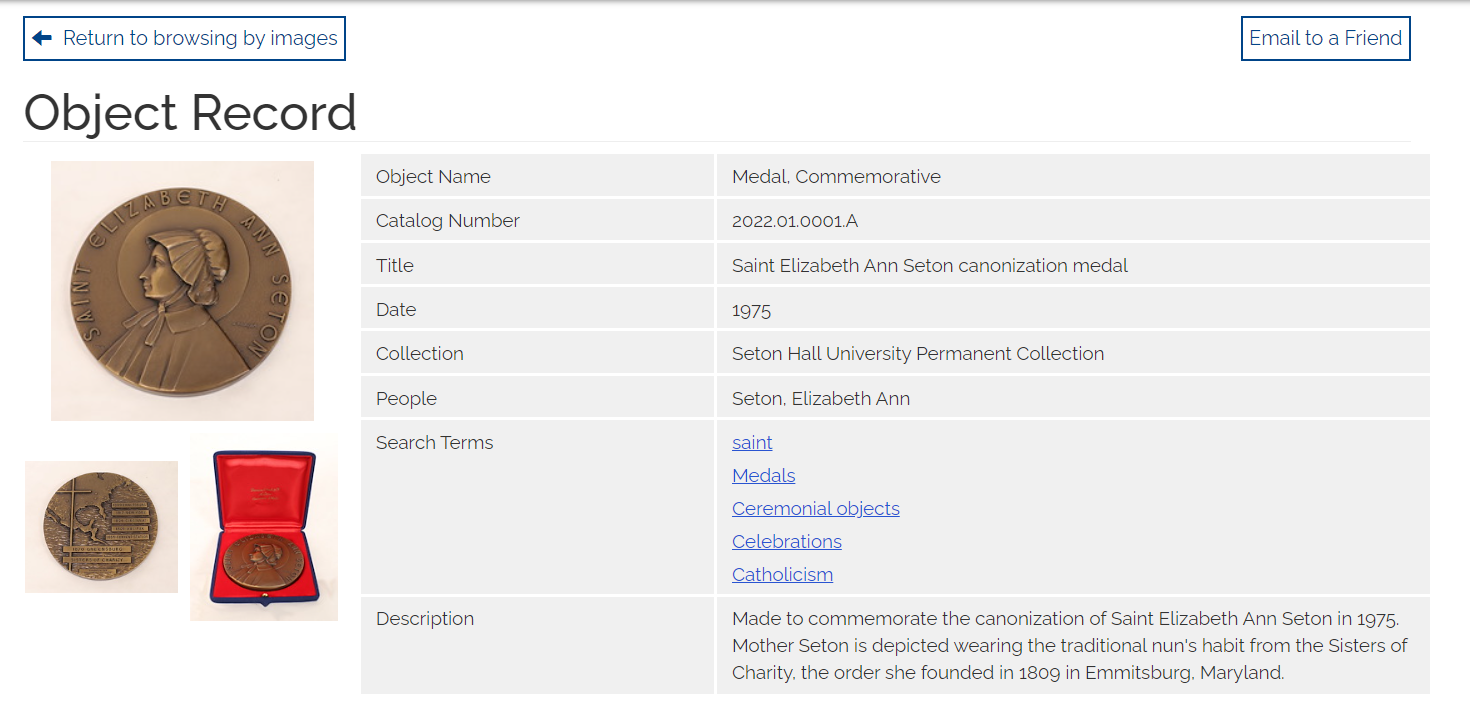
Also represented is The Wang Fang-Yu Collection of Asian Art, assembled by and named for the university professor who taught Mandarin language and chaired the department of Asian studies. He was also part of the team which developed the first Chinese language teaching computer system and authored several books on the Mandarin language. There are many more objects and collections to explore. What will you discover?
In addition to this online portal, users can make an appointment to use the collections for research, class visits or other scholarly pursuits, please contact us. We would love to hear about your projects and how we can work together to illustrate your ideas!
_____________
The Walsh Gallery has a considerable collection of fine art, artifacts and archeological specimens for use by faculty, students and researchers. For in-person access to these or other objects in our collections, contact us at 973-275-2033 or walshgallery@shu.edu to make a research appointment.




